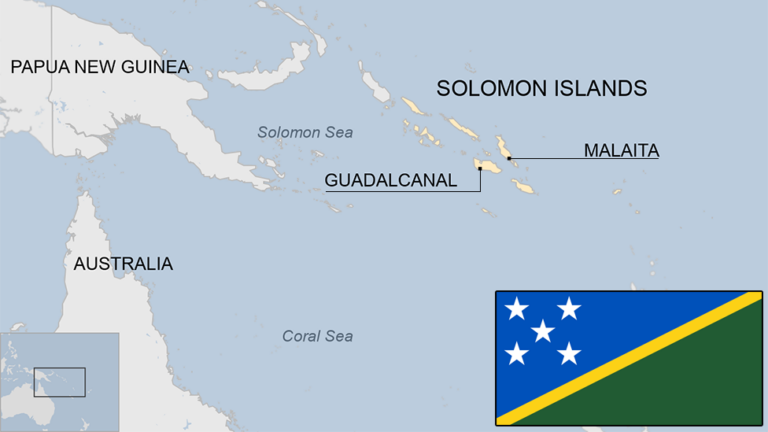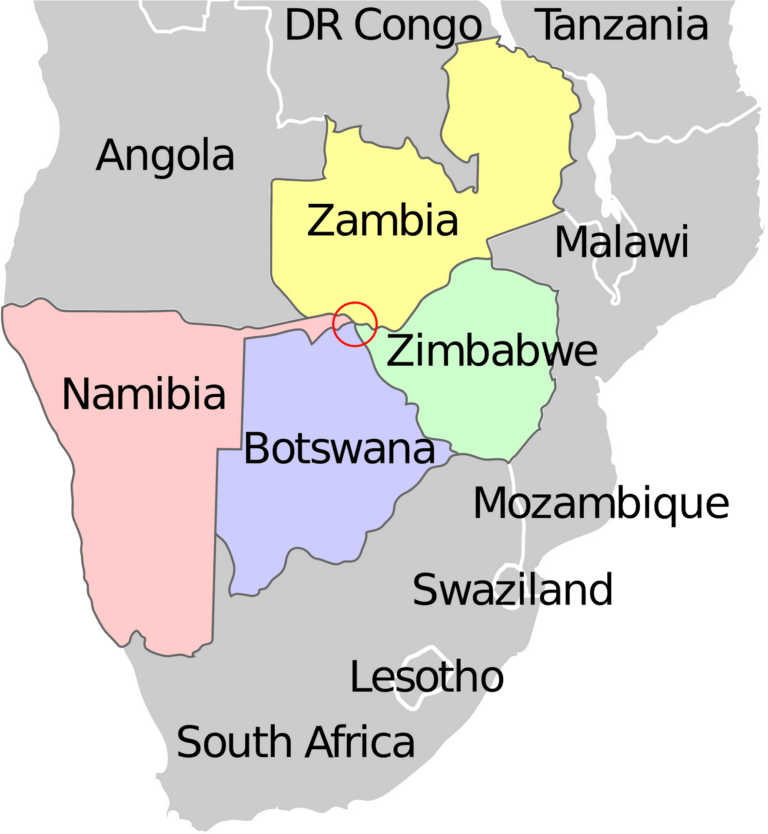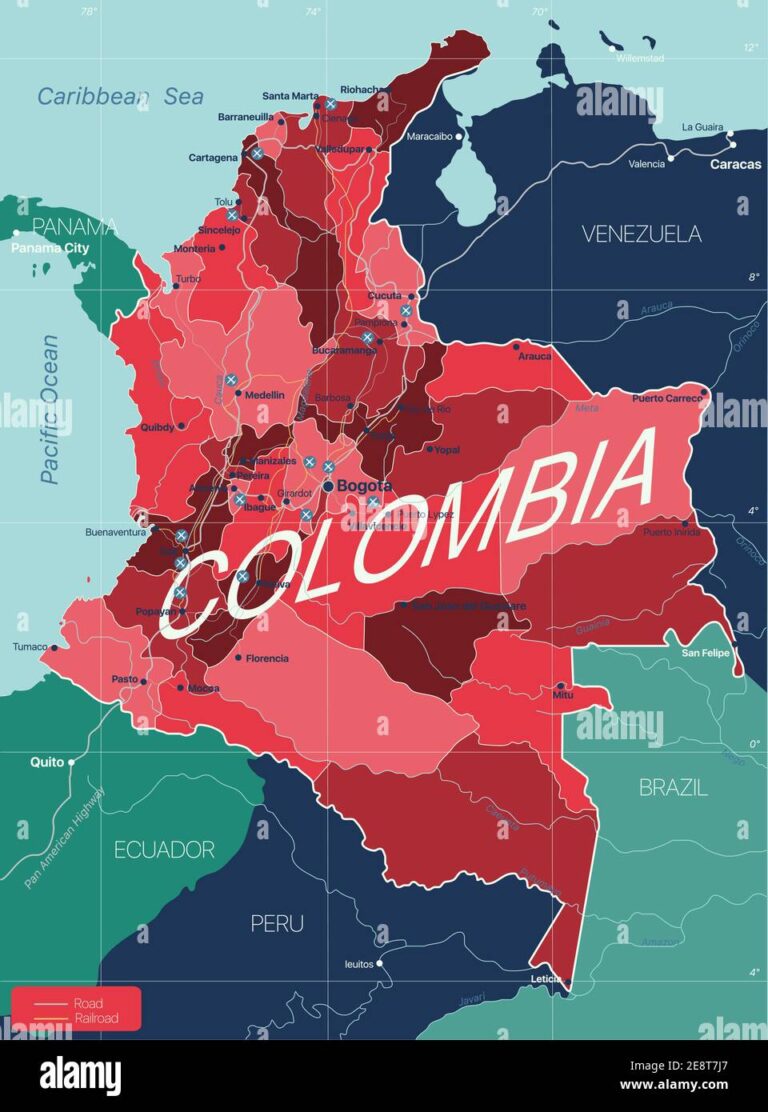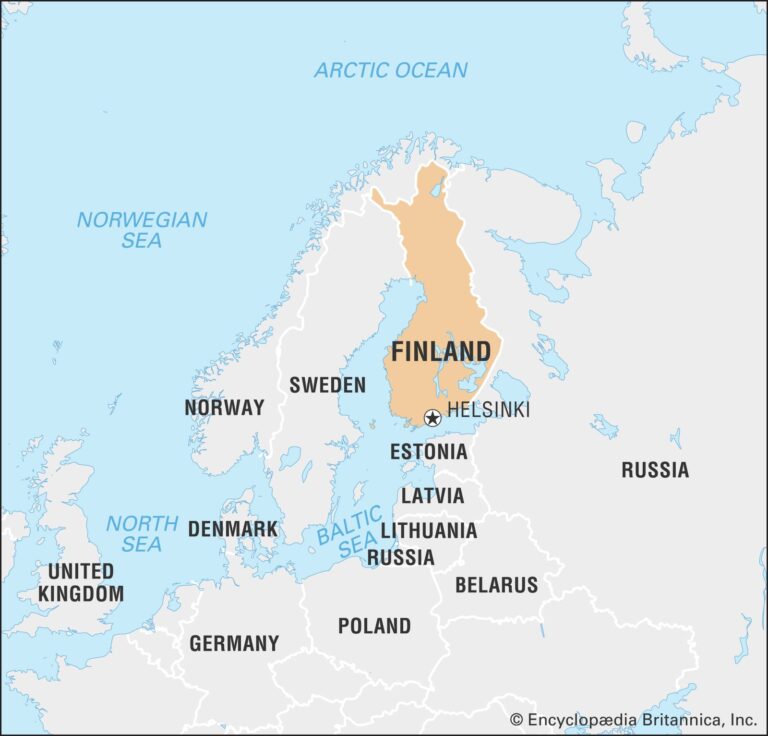Chile Neighbouring Countries on the Map
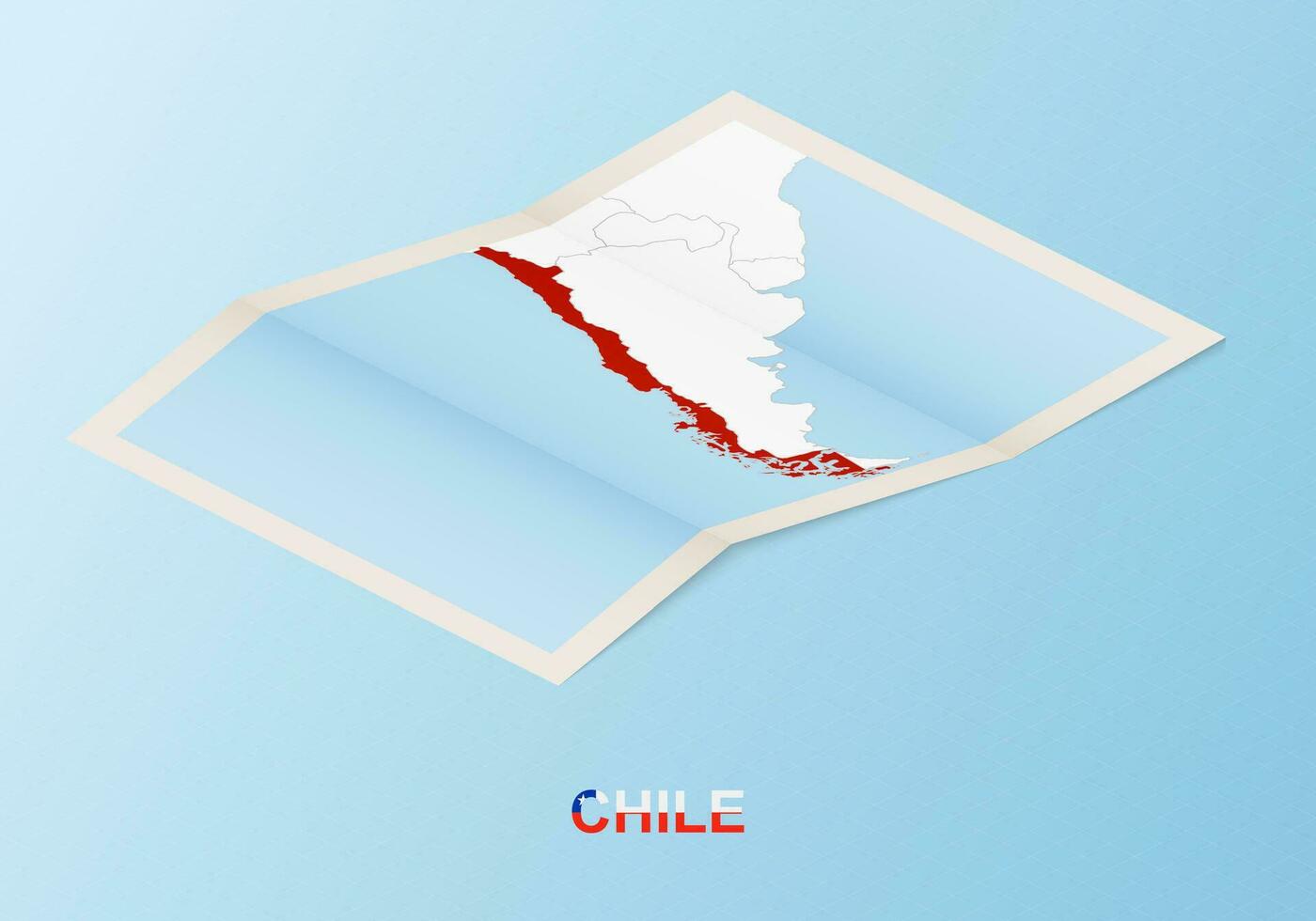
Geography of Chile
Chile stretches like a finely drawn ribbon along South America’s western edge. With its distinctive silhouette, it’s hugging the Pacific coastline and cozying up to some friendly neighbors.
Chile’s Northern Borders
To the north, you’ll find Peru, Chile’s old stomping buddy. They share more than just a border, with deep ties in history and landscapes that intertwine like a good friendship (Chile Culture). At the northern tip lies the Atacama Desert, possibly the world’s driest spot. This desert acts like nature’s great divide, with Arica—a lively city and bustling port—cementing the connection between Chile and Peru.
| Country | Border Region | Major Geographic Feature |
|---|---|---|
| Peru | Northern Chile | Atacama Desert |
Arica plays the host at this border, a crucial node in trade and cultural mixing with its northern neighbor.
Chile’s Eastern Borders
Swinging over to the east, Chile rubs shoulders with Bolivia up north and the more sprawling Argentina down south. Bolivia grabs a slice of Chile’s eastern frontier, taking us into the high altiplano of the Andes. Here, the landscape is so gorgeous and elevated it might just take your breath away.
| Country | Border Region | Major Geographic Feature |
|---|---|---|
| Bolivia | Northeastern Chile | Andes Mountain Altiplano |
| Argentina | Eastern Chile | Andes Mountain Range |
When it comes to Argentina, it’s a different story. Their dance with Chile runs along a massive stretch of the Andes, one of the globe’s great natural divides. With passes and peaks aplenty, this boundary feels more like a family reunion than a mere division, winding over 5,300 km. If you’re keen on knowing more about how Chile gets along with its neighbors, check out our insights on Argentina’s neighboring countries or Bolivia’s neighboring countries.
Chile’s beauty is framed by deserts and mountains, making for striking borderlines. Each neighbor shares a piece of its soul with Chile, gifting colorful cultural and geographic blends that enrich this slender nation’s heritage.
Neighboring Countries
Chile, perched on the southwestern corner of South America, rubs elbows with three countries: Peru, Bolivia, and Argentina. The way Chile’s lines have been drawn is a story of history and geography worth dipping your toes into.
Peru
Up north, you’ll find Peru buddying up to Chile along a border that runs for about 168 klicks (miles for those in the know). This line got a makeover thanks to the Pacific scuffle from 1879 to ’83. In that dust-up, Chile came out on top over Peru and Bolivia, swooping in to claim some new terrain (Wikipedia).
| Detail | Data |
|---|---|
| Length of Border | 168 km |
Wanna dig deeper into Peru’s boundaries? Check out links to pals like Brazil and Bolivia for the full scoop.
Bolivia
Swing over to the northeast, and Bolivia’s cozied up next to Chile. Their border strolls along for about 942 kilometers. That old Pacific war left Bolivia without a sandy beach to call its own, making it the sole landlubber in South America after Chile nabbed its shoreline (Study.com).
| Detail | Data |
|---|---|
| Length of Border | 942 km |
Curious about Bolivia’s buddies? Get the skinny on countries like Brazil and Paraguay.
Argentina
Heading east, Chile shares its longest border with Argentina, a whopping 6,691 km stretch. The colossal Andes Mountains stand tall between them, shaping the weather and terrain like a sculptor with a chisel (Wikipedia).
| Detail | Data |
|---|---|
| Length of Border | 6,691 km |
For the lowdown on Argentina’s other neighbors, take a peek at Uruguay and Paraguay.
These neighboring nations are the bread and butter of Chile’s geographic and historical layout. If you’re itching for more, check out tidbits on Chile’s northern borders or dive into the rich tapestry of its unique flora. It’s a rabbit hole worth tumbling down.
Historical Background
Spanish Colonization
Chile’s got tales as old as time but it really got its historic show on the road when the Spanish came calling in the mid-1500s. After the legendary fall of the Inca Empire, the Spanish conquistadors couldn’t resist the allure of the region’s agricultural goodies. Their grand entrance happened in 1540, led by Pedro de Valdivia, and that’s when Santiago was born (Wikipedia).
With European influence came new farming techniques, livestock, and crops that flipped the local economy on its head. But, let’s not ignore the big storm it stirred with the Mapuche people. These indigenous warriors didn’t take kindly to the new landlords, kicking off the notorious Arauco War.
| Event | Year |
|---|---|
| Spanish Arrival | 1540 |
| Founding of Santiago | 1541 |
| Arauco War Begins | 1550s |
War of the Pacific
Fast forward to the late 1800s, and you’ll bump into the War of the Pacific (1879–83), where Chile, Bolivia, and Peru played their cards over some of the most nitrate-heavy plots in the Atacama Desert. This war beefed up Chile’s borders and pretty much wrote Bolivia out of the ocean stories by snatching its coastal dreams. With Chile’s newfound territory, not only did they rake in dough from the nitrate bonanza, but they also climbed the economic ladder (Wikipedia).
| Event | Year |
|---|---|
| Start of War | 1879 |
| Battle of Angamos | 1879 |
| Treaty of Ancón | 1883 |
Post-war, Chile flexed its muscles as a regional power and comfortably walked into high-income status by 1870. This gain wasn’t just a patch on a map but a seismic shift in how Chile interacted with its neighbors and positioned itself globally. If you’re up for more geographical wisdom, check out our deep dive on Argentina’s neighboring countries or Afghanistan’s border buddies.
Chile’s Unique Plant Life
With landscapes that stretch from the dry Atacama Desert up north to the lush southern forests, Chile’s got some pretty unique plant life. From the special plants growing in the central valley to the varied green life along the southern coast, Chile’s got something special going on when it comes to flora.
Plants of the Central Valley
Chile’s Central Valley is like a plant paradise, full of all sorts of interesting plants. You’ve got your cacti that don’t mind the dry, the mighty Chilean pine, and those southern beeches flaunting their broad leaves. Plus, you can’t forget the copihue—Chile’s national flower—famous for its lovely bell-shaped flowers.
Here’s a peek at some key players in this region:
- Cacti: Tough as nails, these guys adapt to dry conditions.
- Chilean Pine: Tall and evergreen, standing proud in the valley.
- Southern Beeches: Trees that shed their leaves come fall.
- Copihue: Vibrant national flowers in red, pink, and white.
That special mix of climate and geography makes the Central Valley a hotspot for plants found nowhere else, making Chile a botanical goldmine.
Southern Coast’s Rich Greenery
Down south along the coast, where the weather’s friendlier with plenty of rain, you’ll find a whole lot of plant diversity. Think thick forests packed with all kinds of trees, shrubs, and leafy plants. Thanks to the different climates here, some really unique plants make this area home sweet home.
Feast your eyes on these gems in the lush south:
- Temperate Rainforest: A green world made up of mosses, ferns, and lichen.
- Evergreen Trees: Including the evergreen Nothofagus—a mainstay in the forests.
- Distinctive Shrubs: Special types that love the coastal vibe.
The southern coast’s vibrant plant life stands out against the dry north, showing off Chile’s amazing environmental variety. Thanks to those mix-matched climates and land barriers, you get a ton of plants and animals that are one-of-a-kind here.
If you’re looking to dig deeper into the geography, check out how countries next door like Argentina and Bolivia might play into Chile’s plant story and soak in more about South America’s natural world.
Chilean Territories
Chile’s got some far-flung spots out in the South Pacific, adding flavor to its geography and wavy dominance. We’re talking Easter Island, the Juan Fernández sprinkle of isles, and the tiny blip known as Sala y Gómez Island. Each spot’s got its quirks, from historical tales to ecological wonders and friendly locals with a knack for unique cultures.
Easter Island
Rapa Nui, that’s Easter Island’s real name if you’re in the know, is one of those places that sit way out in the ocean almost as if playing hide and seek. It’s like 2,000 miles out there from mainland Chile and is renowned for its iconic Moai statues—big stone heads with an air of mystery.
| Easter Island Tidbits | Details |
|---|---|
| Distance from Mainland | 2,300 miles |
| Area | 63 sq. miles |
| Population | ~7,750 |
Part of the UNESCO crew since ’95, it’s a testament to its historical and cultural vibes. While politically tied to Chile, the island runs things its way, keeping locals smiling with a fair bit of autonomy.
Juan Fernández Islands
Breaking away just over 400 miles from Chile, the Juan Fernández Islands are a trio made up of Robinson Crusoe, Alexander Selkirk, and Santa Clara. These places are basically like nature’s boutique, featuring a whole range of flora and fauna you won’t find anywhere else.
| Juan Fernández Islands Tidbits | Details |
|---|---|
| Main Island | Robinson Crusoe |
| Area | Robinson Crusoe (47 sq. miles) |
| Population | ~900 |
It’s not only a haven for critters but a spot with a story too—housing Alexander Selkirk, that sailor whose real-life desertion gave birth to the legendary “Robinson Crusoe.”
Sala y Gómez Island
Then there’s Sala y Gómez, a volcanic speck more like a rock than an island, floating 2,200 miles away from Chile proper. Folks don’t really drop by here (probably because there’s no Wifi), yet it’s a VIP when it comes to Chile stretching its water wings.
| Sala y Gómez Island Tidbits | Details |
|---|---|
| Distance from Mainland | 2,200 miles |
| Area | 0.05 sq. miles |
| Population | Uninhabited |
It’s a key player for Chile’s big claim over seas, giving it more marine goodies. This island is safely stashed within a protected marine area, tipping its hat to its ecological worth.
Chile’s got its fingers in a lot of pies with these islands, highlighting its colorful mix of nature and stories. If you’re itching for more drama from Chile’s maps, or want to see what the neighbors are up to, jump in and explore our other musings and tales.
Socio-Political Scene
Checking out Chile’s socio-political scene offers a real peek into how it keeps things running smoothly while cities keep on growing. It’s one of the things that make Chile stand out from its neighbors like Peru, Bolivia, and Argentina.
Economy and City Life
Chile’s moved from leaning on agriculture and mining to building a strong manufacturing muscle. Thanks to this shift, cities are popping up all over, and it’s getting pretty urban around here. The growing middle class is proof that the country’s mixing it up economically. Agriculture isn’t the big shot it once was, but it still chips in with 4.4% of the GDP. With 14,015 hectares working hard, Chile grows wheat, corn, grapes, apples, onions, and beans (Wikipedia).
| Area | GDP Contribution (%) | Main Goods |
|---|---|---|
| Agriculture | 4.4 | Wheat, Corn, Grapes, Apples, Onions, Beans |
| Manufacturing | Growing | Different industrial stuff |
| Mining | Not as big as manufacturing but still key | Copper and other minerals |
City life is kicking off improvements in infrastructure and boosting life quality for lots of folks, setting Chile apart from other Latin American spots. If you’re curious about the vibe in other places, check out Argentina’s neighborhood, Bolivia’s neighborhood, and Peru’s neighborhood.
Steady Government Vibes
Chile’s known for keeping a mostly steady democratic government. This steadiness is quite different from the political drama next door. Apart from the military rule between September 1973 and March 1990 (Britannica), it’s been smooth sailing.
Unlike many places nearby, Chile has dodged coups and stuck with its constitution, which beefs up its democratic image. This stable government vibe is a magnet for foreign cash and keeps the economy ticking along nicely.
Grasping Chile’s socio-political scene sheds light on how it stacks up against its neighbors. To dive deeper into Chile’s special traits, have a look at parts discussing its awesome wildlife and neighboring places.

